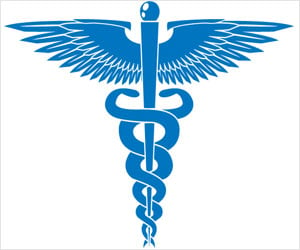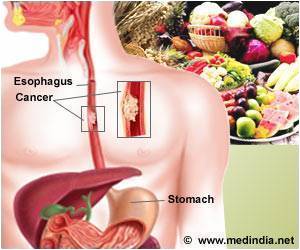New model developed by scientists explains how bacteria can rapidly adapt to environmental changes through smart regulation of their gene expression.

The growth of bacteria is determined not only by the composition of their surroundings but also by sudden changes in the living environment. This has been known since the middle of the 20th century. High levels of bacteria growth in a stable environment requires a certain kind of physiology, but environmental changes also require rapid adjustments of the bacteria's protein production. The newly developed model indicates the 'minimum' time such adjustments require.
This is an attempt to begin to answer the detailed questions about how bacteria go about adapting so rapidly. The model shows the optimal strategy for the bacterium to genetically adapt its proteome, that is, the composition of its proteins. The model is now being tested and will constitute an important point of departure for continued research in the field, says Måns Ehrenberg, professor at the Department of Cell and Molecular Biology, Uppsala University, and Scilifelab Uppsala.
Using this model, scientists can predict and test key aspects of the physiology of bacteria. It also ties together the physiology of bacteria with population genetics and growth/evolution and thus represents a systems biology view of bacterial growth and evolution.
Source-Eurekalert












